All parents know that during the first couple years of your baby’s life, everything revolves around sleep. How much sleep you got (or didn’t get), how many times the baby was up to eat or cry, where they’re sleeping- there’s no end to the sleep obsession! Which is why it makes sense to give a little extra thought when choosing a sheet: even if it results in one less wake-up per night, any exhausted parent will happily take it.
We’re going to discuss safe sleep, how the sheet should fit, the best breathable fabrics for your baby's skin, and answer some FAQs. Sleep is crucial to baby’s growth and development, and a comfortable and safe sleeping environment is the first step.

Sleep Safety and Health Concerns
According to the Consumer Product Safety Commission (CPSC), there are a few guidelines that will help keep your baby safe while sleeping and prevent suffocation or strangulation:
-
Never put baby to sleep with pillows or blankets
-
Never have gaps bigger than two fingers between the mattress and the rails
-
Never use cribs that are broken, modified, or older than 10 years
-
Take care to assemble all cribs properly based on the instructions
-
Do not place cribs near blinds, curtain cords, or electrical cords
You should also put your baby to sleep on their back. However, if they begin to roll over on their own around 4-6 months, you don’t have to worry about flipping them back over.
Secondary to safety concerns are taking care of your baby's delicate skin. Certain hypoallergenic fabrics help your baby get comfortable sleep, reducing wake-ups, the risk of rashes and eczema.
Getting the Right Fit
Even more so than comfort, fabrics, and crib sheet design, getting a properly fitting sheet is the top priority. When the sheet fits the mattress well, it reduces the risk of suffocation from the sheet bunching up or coming off of the mattress during sleep. You want elastic sheets that are deep enough to fit over all four corners of the mattress without slipping, BUT tight enough that it can't fold or bunch. A quality sheet should fit well with no problems, but return it if it doesn’t fit perfectly.
Sheets will come in standard crib size and mini crib size, so double-check that you’re buying the correct size for your mattress. There are also bassinet sheets and pack ‘n play sheets, which will be a completely different size.

Keep Extra Accessories Out of the Way
Avoid all extra accessories including bumper pads, blankets, pillows, stuffed animals, toys, and any extra crib bedding. To prevent SIDS and suffocation, the only thing in the sleeping area should be a tightly fitted sheet. Keep your baby warm with sleep sacks, snug pajamas, or swaddles.
The Best Fabrics and Materials for Sensitive Baby Skin
Babies have naturally delicate skin, but some babies are prone to developing eczema, rashes, and dry skin. It’s a good idea to err on the side of caution and choose fabrics that reduce skin irritation, particularly for newborns. You will want a fabric that’s breathable, soft to the touch, and natural, such as bamboo or cotton. Avoid wool (although it’s a natural fiber, it has a rough texture) and synthetic, chemically-produced fabrics like nylon, rayon, and spandex (in addition to the chemicals, they’re not breathable).
When it comes to sensitive skin, bamboo is one of the best fabrics you can find. Other fabrics available are cotton, flannel, and polyester. Here are the pros and cons of choosing these fabrics for sheets.
Bamboo
We love bamboo so much that we use it for our own organic-certified bamboo muslin sheets for cribs and bassinets. Not only did we use them exclusively to help our son’s eczema, but our customers have had similar success. We have parents tell us that the only sheets their child can use are our solid print bamboo muslin sheets, which is one of the reasons we felt compelled to start this company in the first place- to help other parents!
Pros:
- So soft and buttery (and they get softer after each wash!)
- Has helped many sensitive babies sleep better
- Bamboo fibers are smooth and round, causing less irritation than organic cotton
- Extremely breathable, sweat-wicking, AND temperature-regulating
- Ideal for warmer weather
- Eco-friendly material
- Antimicrobial properties
Cons:
- Expensive
- Some companies do not use 100% bamboo or organic materials

Cotton
- Breathable
- Low-maintenance care
- Keeps your child cool in the summer and warm in the winter
- Hypoallergenic
- Generally inexpensive
- Muslin crib sheets are a softer cotton option
- Depending on the thread count, cotton sheets can be scratchy at first
- Wrinkle easily
Flannel
If you live in an area with cold climates and harsh winters, flannel is as cozy as it gets.
Pros:
- Perfect for winter and cold temperatures
- Soft and cozy
- Durable and thick
- Not a breathable crib sheet
- Should not be used in warmer months
- Baby can overheat or get sweaty

Flannel blanket may cause baby to feel how and sweaty
Polyester
Polyester is an inexpensive option, but it does have some drawbacks, particularly for babies with irritated skin or eczema.
Pros:
- Cheap
- Easy to find
- Flexible and doesn’t tear or rip easily
Cons:
- Low breathability due to synthetic material
- Not great for warm weather
- Pills easily
- Rougher material
Breathability in Baby Crib Sheets
Babies have trouble regulating their body temperature and tend to sweat easily. A breathable sheet that allows air to flow through helps to keep them cool, comfortable, and asleep. It’s also nice to know that if your baby flips over onto their stomach or side, they would be able to breathe through the sheet. Bamboo has natural sweat-wicking and temperature-regulating abilities that make it an ideal choice for babies, in both warm and cool climates.
Antimicrobial Properties of Bamboo
The topic of several scientific studies with varying results, bamboo has antibacterial properties that are reduced but not destroyed during the manufacturing process. These antibacterial properties mean that bamboo fabric has a low rate of bacterial growth, resulting in bamboo crib sheets that smell better and stay cleaner.

Bamboo fabric's natural temperature-regulating abilities, makes it ideal for babies regardless of weather or climate
Other Important Factors to Consider
There are countless types of crib sheets on the market, from pre-shrunk fabrics to sheets that you zip onto the mattress. While it’s easy to get lost in the sea of options, here are some things to be aware of.
Machine-Washable
Whether you’ve got one child or four, no one has the time to handwash crib sheet fabrics or read special care instructions. As busy, sleep-deprived parents, we need simple products that can be thrown in the washer and dryer every time they get dirty. Make sure to choose a gentle, hypoallergenic detergent with minimal chemicals.
Buying Multiple Sheets
Between dirty diapers, spit-up, and sweaty baby heads, you can expect to wash the sheets very frequently with a newborn. That being said, it’s important to have 2-3 sheets at the very least. This allows you to rotate them, without having to rush them into the washer and dryer before the next nap.

Invest in two to three great quality crib sheets for your baby's
Neutral Designs
Who doesn’t love calming, sleep-inducing neutrals for a nursery? Even better, you can use the sheets for your next baby, regardless of gender. Whether you choose a sweet and fun pattern or solid color options, a neutral design allows you to reuse quality products.
A Waterproof Mattress Protector
To prolong the life of the crib mattress and keep it clean and smelling fresh, consider a waterproof mattress protector. Most babies won't move to a bed for 2-3 years, so spending a little extra on a mattress protector is worth it to prevent damage. Many are also hypoallergenic to help keep mold, dust, and mildew away from your baby. You will want it to be waterproof, washable, and tight-fitting. Avoid mattress protectors that are plush, crinkly, or made with harmful chemicals.
Replace as Needed
When in doubt, throw it out. Babies can chew on frayed or pilled sheets, and sheets that are stretched out or have worn spots or holes can be dangerous.
FAQs about Crib Sheets
What are the best care tips for sheets?
Wash before use and at least once a week. Use a mild, hypoallergenic detergent. After all, you didn’t choose the best sheets for sensitive skin to wash them in a laundry detergent you can smell from the next room. Using warm or hot water helps kill germs and remove stains, but be sure to check any care instructions before doing so.
How often should I change baby's sheets?
Babies are messy. Between wet and dirty diapers, spit-up, sweat, and drool, it can feel like you’re changing the sheets every day. If you happen to get a squeaky clean baby or, more likely, one who doesn’t let you put them down, plan on changing the sheets once a week. If your baby is sick or snotty, you’ll want to change them daily or every other day to cut down on germs.
Is it better to buy new or used sheets?
It can be tempting to buy or accept used sheets, especially if you have multiple children, but be sure to carefully inspect them for signs of pilling or fraying. Test the used sheets on the mattress to check if they have shrunk or been stretched out.

Experts recommend to sleep with the baby in the same room, but not in the same bed for the first 6 months
When should I move my baby out of a bassinet?
The American Academy of Pediatrics (AAP) recommends that babies sleep in the same room as their parents (but not in the same bed) for at least the first six months, which is why bassinets come in handy. However, as your baby gets bigger and older, you may notice that they no longer fit in the bassinet or that sharing a room is disrupting their sleep patterns. Be sure to follow the bassinet’s weight limit, and monitor if they are cramped or waking more often than normal. Once your baby is sitting up or rolling over in the bassinet, depending on how shallow it is, it’s likely not the safest option anymore.
Prioritize Comfort & Safety for Sheets
While it’s tempting to buy the cheapest sheet on the shelf and call it a day, investing in a few quality sheets will pay off in the end. Your baby will spend a lot of time on them (we hope), and finding soft, hypoallergenic, organic crib sheets will help them sleep better and reduce skin irritation and overheating. It’s fun to pick out cute crib sheets for your little one, but make sure that safety and comfort are top priorities. Check out our organic-certified bamboo muslin sheets for cribs and bassinets, available in gender-neutral patterns and muted solid colors.
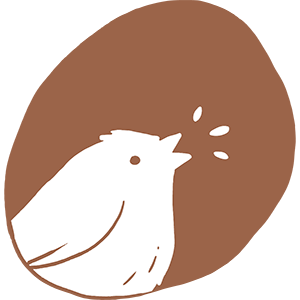

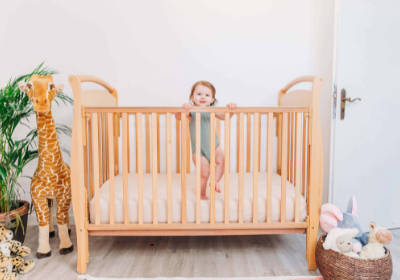
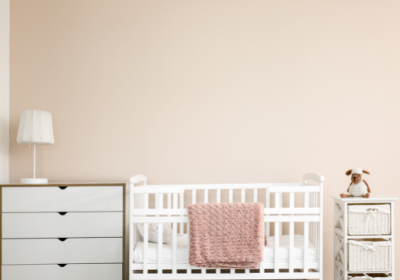
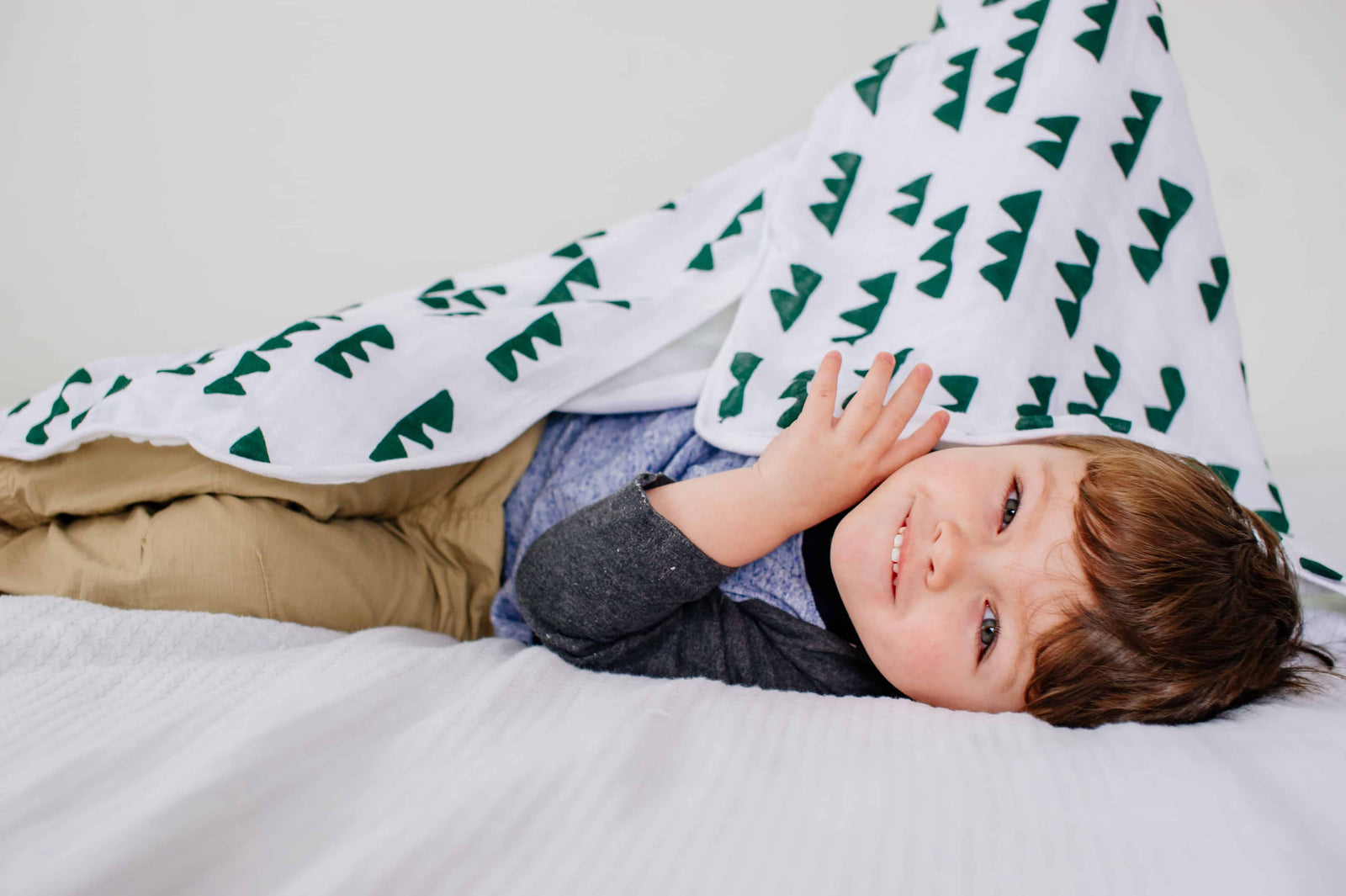
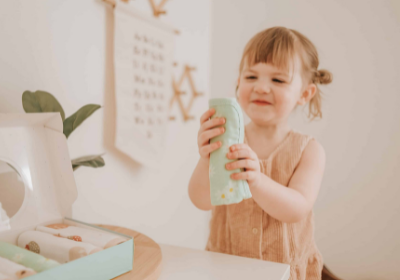
Leave a comment (all fields required)